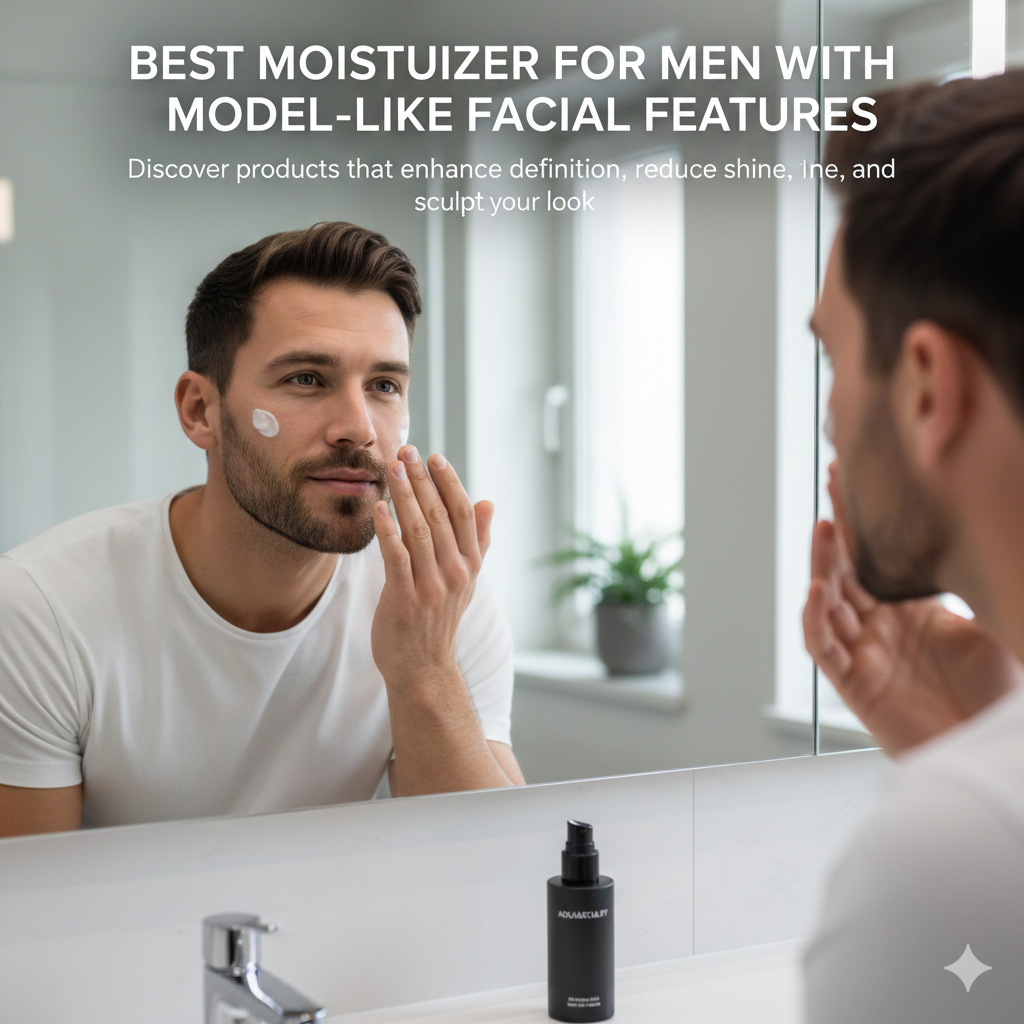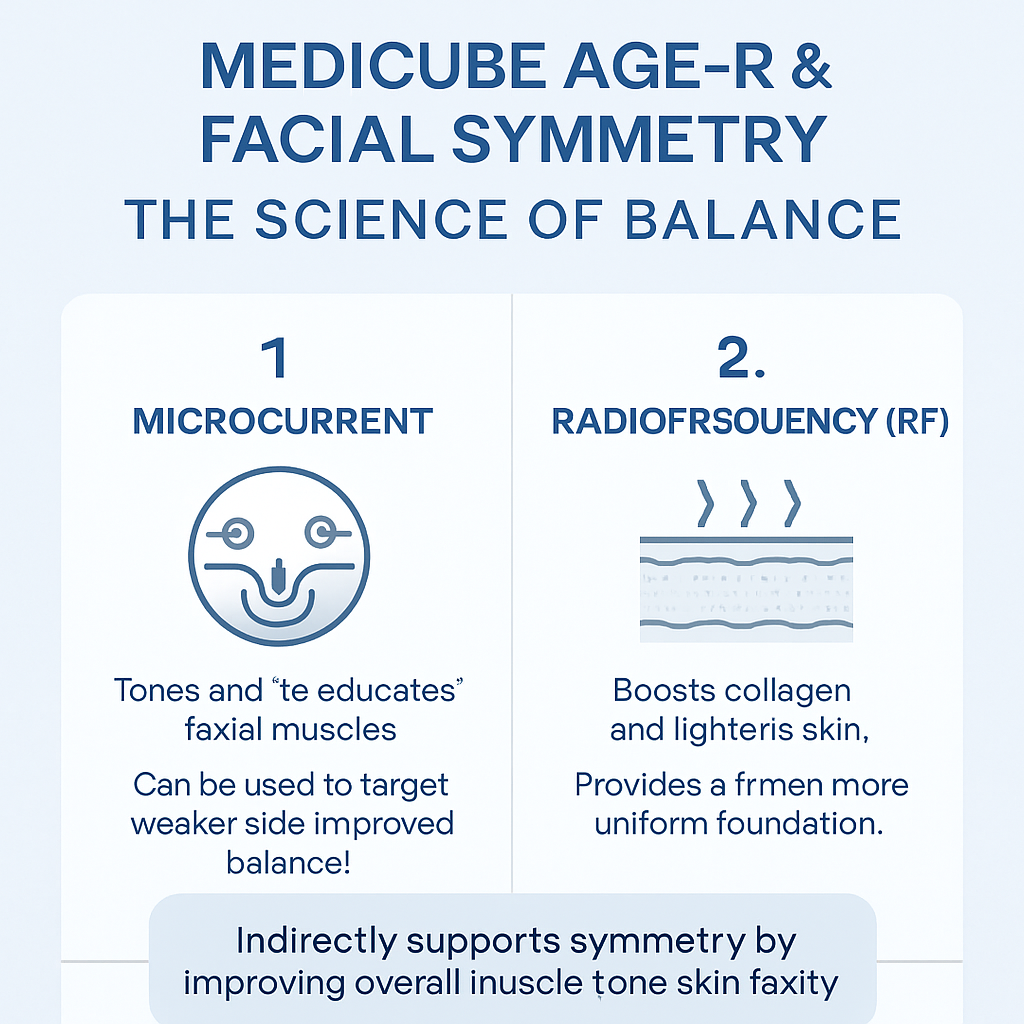Introduction to the Hyoid Bone
The hyoid bone, a small U-shaped structure located in the anterior neck, serves as a pivotal element in the anatomy of the human body. Unique in its characteristics, it stands out as the only bone that is not directly attached to any other bones. Instead, it is anchored by a series of muscles and ligaments, which provide it with a significant range of motion. This mobility is essential for its crucial role in facilitating various physiological functions.
Anatomically, the hyoid bone resides at the base of the tongue, resting above the thyroid cartilage and below the mandible. Its strategic placement allows it to serve as an attachment point for muscles involved in crucial actions such as swallowing, speech, and breathing. The hyoid bone’s intricate connections with the surrounding musculature enable the coordinated movements necessary for these vital functions.
The importance of the hyoid bone extends beyond its functional contributions. In the context of facial aesthetics, the positioning and alignment of the hyoid bone can influence the overall appearance of the neck and jawline. Its role in maintaining the structural integrity and harmony of the facial region underscores its significance in both medical and cosmetic fields.
Understanding the hyoid bone’s anatomy and function provides valuable insights into its impact on daily activities and overall health. Its unique position and characteristics make it an essential component in the complex interplay of structures that contribute to the human body’s functionality and appearance. As we delve deeper into the role of the hyoid bone in enhancing facial appearance, it becomes evident that this small yet significant bone holds a prominent place in both physiological and aesthetic considerations.
The Hyoid Bone and Facial Aesthetics
The hyoid bone, a small, U-shaped bone located in the neck, plays a pivotal role in influencing facial aesthetics. Though it often goes unnoticed in discussions about facial structure, its positioning is crucial in determining the jawline, neck contour, and overall facial harmony. The hyoid bone serves as an anchor point for muscles associated with swallowing and speech, but its impact extends beyond these functional aspects to encompass significant aesthetic considerations.
One of the primary ways the hyoid bone affects facial appearance is through its connection to the jawline. A well-positioned hyoid bone supports a defined and sharp jawline, contributing to a more youthful and sculpted look. Conversely, a lower or recessed hyoid bone can result in a less defined jawline, giving the appearance of a double chin or a sagging neck. This alteration in the jawline can significantly influence perceptions of attractiveness and age.
Moreover, the hyoid bone’s position impacts neck contour and the overall balance of facial features. An optimally positioned hyoid bone ensures a smooth transition from the chin to the neck, enhancing the profile and creating a more harmonious facial structure. On the other hand, if the hyoid bone is positioned too low, it can lead to a disproportionate neck contour, disrupting the balance and symmetry that are key to facial aesthetics.
Maintaining a youthful and balanced facial structure is often reliant on the positioning of the hyoid bone. As individuals age, changes in muscle tone and skin elasticity can alter the hyoid bone’s position, leading to shifts in facial aesthetics. Understanding the role of the hyoid bone can provide insights into potential interventions, both surgical and non-surgical, aimed at preserving or enhancing facial appearance. Recognizing the hyoid bone’s influence underscores the complexity of facial aesthetics and the intricate interplay of skeletal and soft tissue structures in defining beauty.
Factors Affecting Hyoid Bone Position
The position of the hyoid bone, a small U-shaped bone located in the neck, plays a pivotal role in determining facial appearance. Several factors can influence its position, including genetics, aging, posture, and muscle tone. Understanding these factors provides insight into how the hyoid bone’s position can impact overall aesthetics.
Genetics is a primary determinant of hyoid bone position. Inherited traits can dictate the anatomical structure and positioning of the hyoid, thereby influencing the overall facial structure. Individuals may have a naturally higher or lower hyoid bone placement, which can affect the appearance of the chin, neck, and jawline.
Aging is another critical factor that can alter the hyoid bone’s position. As individuals age, they may experience muscle atrophy and a reduction in skin elasticity, leading to changes in the neck’s contour. This can result in the hyoid bone descending, contributing to a sagging appearance in the lower face and neck region.
Posture also significantly impacts the hyoid bone’s position. Poor posture, particularly forward head posture, can lead to a misalignment of the cervical spine, causing the hyoid bone to shift from its optimal position. This shift can create a less defined jawline and an overall less aesthetically pleasing facial profile.
Muscle tone, especially in the neck and jaw muscles, is crucial for maintaining the hyoid bone’s position. Strong, well-toned muscles can support the hyoid bone and prevent it from shifting downward. Conversely, weak muscles can fail to provide adequate support, leading to a lower hyoid bone position and potential aesthetic concerns such as a double chin or less pronounced jawline.
In conclusion, the position of the hyoid bone is influenced by various factors including genetics, aging, posture, and muscle tone. These elements collectively contribute to changes in facial appearance, underscoring the importance of maintaining good posture and muscle strength for optimal aesthetic outcomes.
Exercises to Improve Hyoid Bone Position
The position of the hyoid bone plays a crucial role in enhancing facial appearance, and specific exercises can significantly improve its alignment. These exercises primarily target the neck and jaw muscles, which support the hyoid bone. By strengthening these muscles, one can achieve a more favorable positioning of the hyoid bone, contributing to a more defined facial structure.
One effective exercise is the Chin Tuck. To perform this exercise, sit or stand upright with your shoulders relaxed. Slowly pull your chin back while keeping your head level. This movement engages the deep neck flexors, helping to reposition the hyoid bone. Hold the position for 5 seconds and repeat 10 times.
Another beneficial exercise is the Neck Extension. Start by sitting or standing in a neutral position. Gently tilt your head back, looking up towards the ceiling, and hold for 5 seconds. Return to the starting position and repeat the process 10 times. This exercise stretches and strengthens the anterior neck muscles, aiding in proper hyoid bone placement.
The Jaw Release exercise is also effective. Begin by sitting or standing with your spine straight. Move your jaw as if you are chewing, then open your mouth as wide as possible while keeping your tongue on the roof of your mouth. Hold this position for 5 seconds and repeat 10 times. This exercise targets the muscles around the jaw, providing support to the hyoid bone.
Incorporating Neck Rotations into your routine can further assist in improving hyoid bone alignment. Sit or stand with a straight back and slowly turn your head to the right as far as comfortable, then to the left. Hold each position for 5 seconds and repeat the cycle 10 times. This exercise enhances the flexibility and strength of the neck muscles.
For a comprehensive approach, consider integrating these exercises into your daily routine. Consistency is key to achieving noticeable results. To aid in proper execution, visual aids or demonstration videos can be incredibly helpful. Engaging in these targeted exercises can lead to a more optimal hyoid bone position, thereby enhancing overall facial aesthetics.
The significance of proper posture extends beyond skeletal alignment and muscle function; it plays a crucial role in maintaining an optimal position of the hyoid bone. The hyoid bone, a small, U-shaped structure in the neck, is intricately connected to both the respiratory and digestive systems. Its positioning can significantly impact facial aesthetics, making it essential to focus on maintaining proper posture.
Common postural issues, such as forward head posture and rounded shoulders, can exert undue pressure on the hyoid bone. This misalignment can subsequently lead to a chain reaction affecting facial symmetry and overall appearance. Correcting these postural issues requires a conscious effort in daily habits and ergonomic adjustments.
Correcting Forward Head Posture
Forward head posture is a prevalent issue that can compromise the hyoid bone’s position. To mitigate this, practice the “chin tuck” exercise: sit or stand with your back straight, gently tuck your chin towards your chest without bending the neck, and hold for a few seconds. Repeating this exercise several times a day can help realign the head and neck.
Addressing Rounded Shoulders
Rounded shoulders can also impact the hyoid bone negatively. Strengthening the upper back muscles can counteract this issue. Incorporate exercises like rows and thoracic extensions into your routine. Additionally, ensuring that your workstation is ergonomically sound—keeping the computer monitor at eye level and using a chair that supports the natural curve of your spine—can prevent the shoulders from rounding forward.
Daily Habits for Optimal Posture
Incorporating small changes in daily habits can significantly improve posture. Be mindful of your sitting and standing positions throughout the day. Use reminders or apps to check your posture periodically. Take regular breaks from prolonged sitting to stretch and move around, promoting better alignment.
Adopting these practical tips and exercises can greatly enhance the position of the hyoid bone, contributing to improved facial aesthetics. By paying attention to posture, you not only support your skeletal and muscular health but also positively influence your facial appearance.
Non-Surgical Interventions
Non-surgical interventions offer viable options for repositioning the hyoid bone and enhancing facial appearance without the need for invasive procedures. These treatments, including physical therapy, chiropractic adjustments, and oral devices, provide a more conservative approach to addressing issues related to the hyoid bone.
Physical therapy is one such method, focusing on exercises and techniques that target the muscles and tissues surrounding the hyoid bone. Therapists may employ specific stretches and strength training exercises to improve posture and alignment, thereby facilitating a more favorable positioning of the hyoid bone. This can lead to subtle yet noticeable improvements in facial symmetry and appearance. Moreover, physical therapy can contribute to overall health by enhancing muscle function and reducing tension in the neck and jaw area.
Chiropractic adjustments represent another non-surgical intervention aimed at realigning the spine and associated structures, including the hyoid bone. Chiropractors utilize manual manipulation techniques to correct misalignments that could be affecting the position and function of the hyoid bone. By addressing these underlying issues, chiropractic care can potentially improve facial aesthetics and alleviate discomfort in the neck and jaw region. However, it is important to note that the effectiveness of chiropractic adjustments can vary among individuals, and not all cases will experience significant changes.
Oral devices, such as functional appliances and mandibular advancement devices, are also employed to influence the position of the hyoid bone. These devices are typically used in orthodontic treatments and sleep apnea management, where the goal is to adjust the positioning of the jaw and tongue. By doing so, they can indirectly affect the hyoid bone’s placement, contributing to enhanced facial contours and improved airway function. While oral devices can be effective, they require consistent use and may necessitate professional fitting and adjustments.
Overall, non-surgical interventions present a range of benefits, including minimal recovery time and lower risk compared to surgical options. Nevertheless, these approaches have limitations, such as variable outcomes and the need for ongoing commitment to treatment protocols. Individuals considering these options should consult with healthcare professionals to determine the most appropriate intervention for their specific needs.
Surgical Options
When considering methods to enhance facial appearance, surgical options to alter the position of the hyoid bone can offer significant improvements. These procedures are designed to reposition or modify the hyoid bone to achieve a more aesthetically pleasing jawline and neck profile. Several techniques are available, each with its own set of benefits, risks, and recovery processes.
One common procedure is hyoid suspension, where the hyoid bone is repositioned and fixed in a higher position. This technique can result in a more defined jawline and improved neck contour. The benefits of hyoid suspension include a relatively quick recovery time and the ability to produce noticeable changes without extensive surgery. However, potential risks include infection, nerve damage, and dissatisfaction with cosmetic outcomes.
Another surgical option is the hyoid advancement procedure. This involves moving the hyoid bone forward to achieve a more prominent and aesthetically pleasing neck profile. The procedure typically requires a small incision and is often performed under general anesthesia. Benefits of hyoid advancement include enhanced facial symmetry and a more youthful appearance. Risks may include swelling, bruising, and complications related to anesthesia.
In some cases, a combined approach using both hyoid suspension and advancement may be recommended to achieve optimal results. This comprehensive method can offer more dramatic improvements in facial aesthetics but may also involve a longer recovery period and higher risk of complications.
Recovery from these surgical procedures generally involves a period of swelling and bruising, with most patients returning to normal activities within a few weeks. Pain management and follow-up consultations are crucial to ensure proper healing and satisfactory results.
Testimonials from individuals who have undergone these surgeries provide valuable insights into the real-world implications of altering the hyoid bone. Many report significant improvements in their self-esteem and overall facial harmony. However, it is essential to consult with a qualified surgeon to discuss individual goals, potential risks, and realistic outcomes before deciding on any surgical intervention.
Conclusion and Final Tips
In conclusion, understanding the role of the hyoid bone in facial aesthetics is crucial for anyone interested in enhancing their overall appearance. The hyoid bone serves as a structural support that influences the alignment and appearance of the neck and jawline, which are essential components of facial harmony. A well-positioned hyoid bone can contribute to a more youthful and balanced look, whereas its misalignment may lead to issues such as a double chin or sagging skin.
Maintaining a healthy hyoid bone position can be achieved through various lifestyle choices and self-care practices. Regular exercises that target the neck and jaw muscles, such as chin tucks and neck stretches, can help in keeping the hyoid bone properly aligned. Additionally, maintaining good posture throughout daily activities can prevent undue stress on the neck and jaw area, thereby supporting the hyoid bone’s optimal position.
Diet and hydration also play a significant role in the health of the hyoid bone and surrounding muscles. Consuming a balanced diet rich in essential nutrients, such as calcium and vitamin D, can strengthen the bone structure, while staying hydrated ensures the elasticity of the muscles and skin.
While these tips can be beneficial, it is always advisable to seek personalized advice from healthcare professionals. A consultation with a dentist, orthodontist, or a physical therapist can provide tailored interventions that address specific needs and conditions related to the hyoid bone and facial appearance. These professionals can offer advanced treatments and exercises that may not be easily accessible through general advice.
By integrating these practices and seeking professional guidance when necessary, you can enhance your facial aesthetics naturally and effectively. The hyoid bone, often overlooked, plays a pivotal role in this journey, making its care and maintenance a worthwhile investment.




